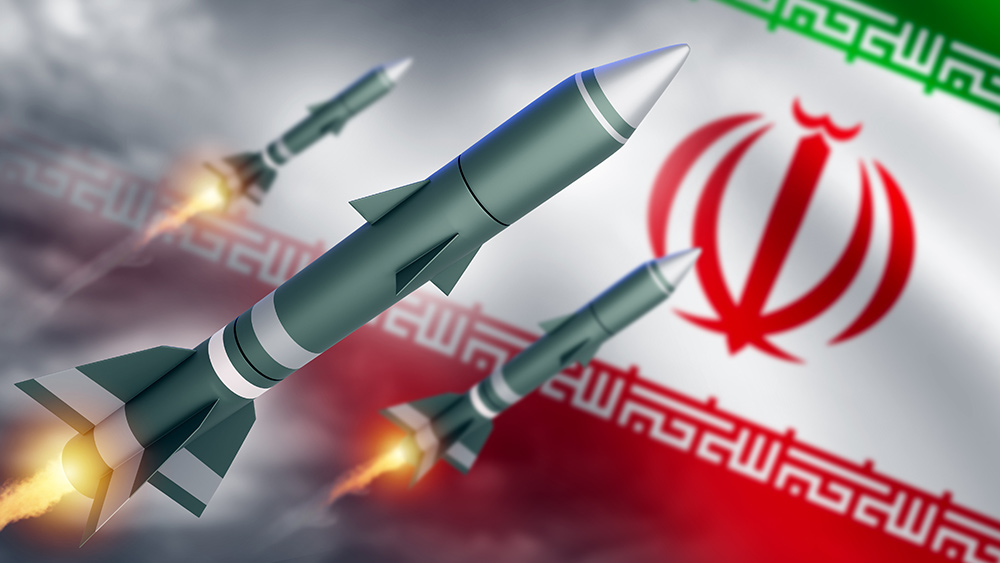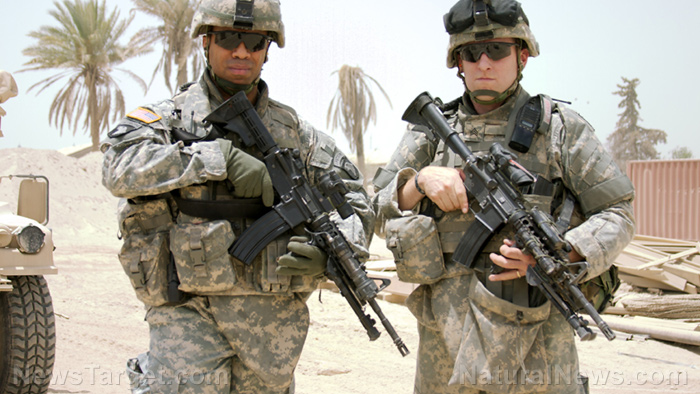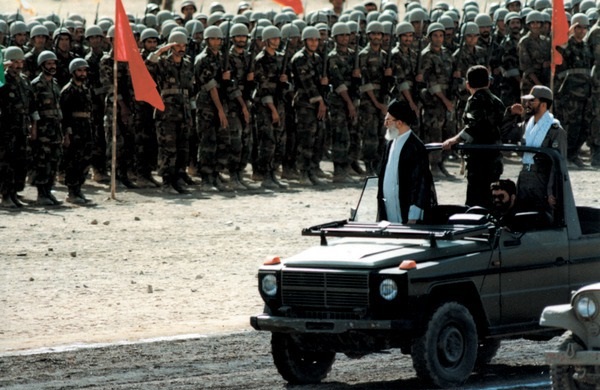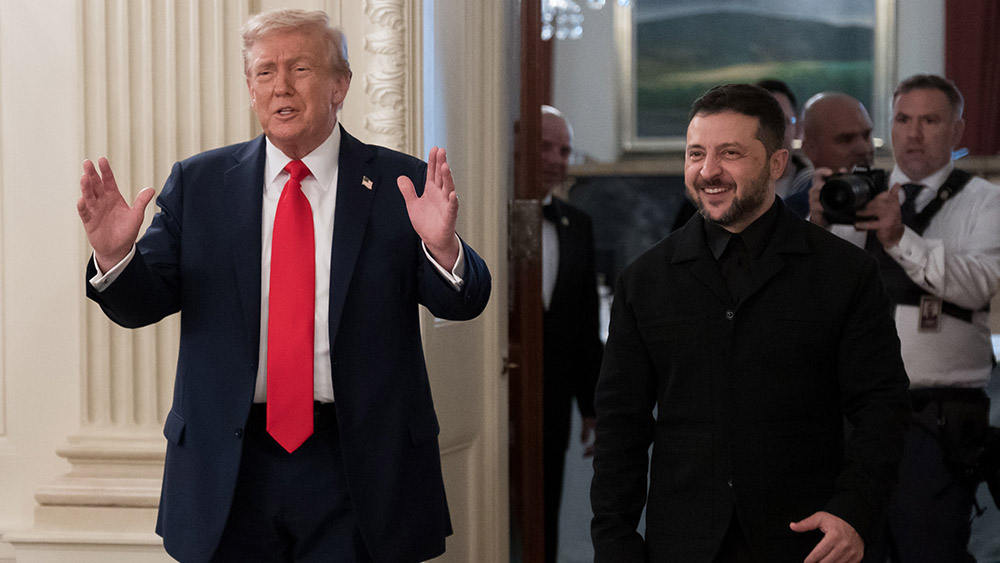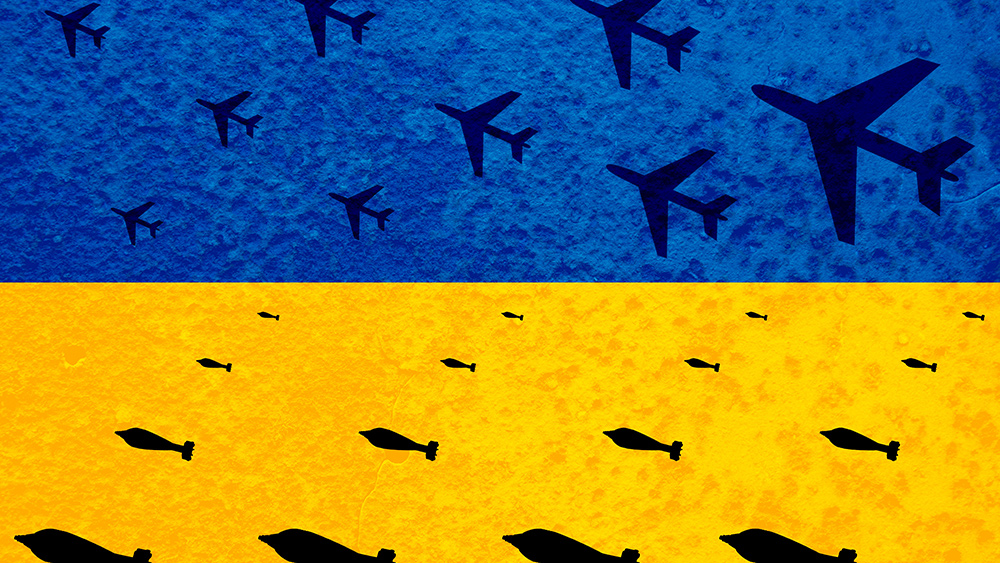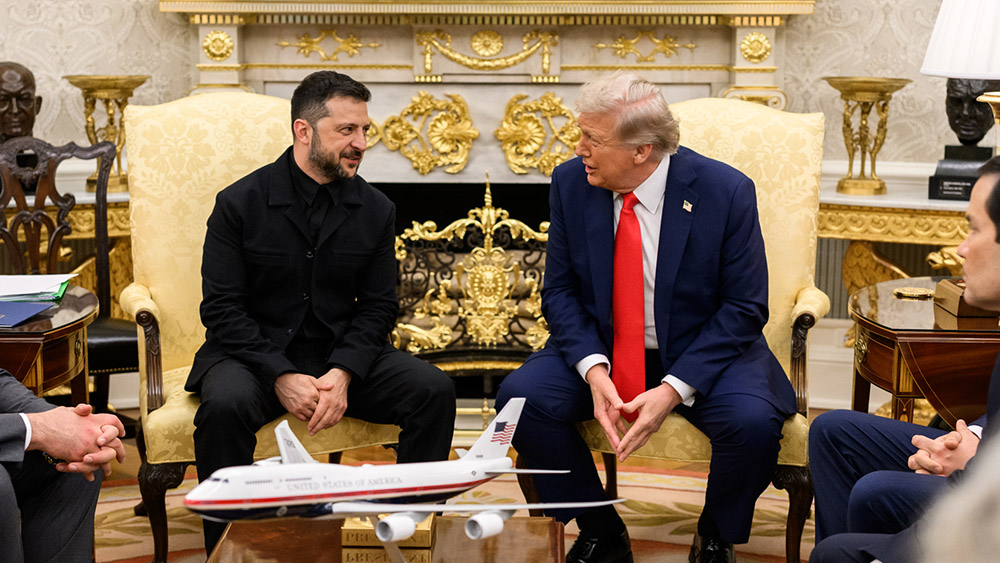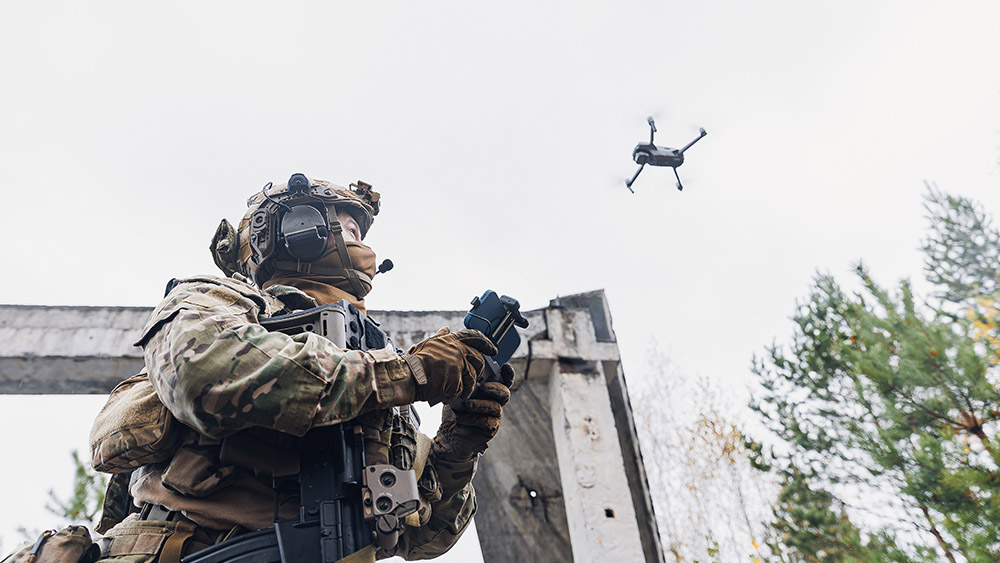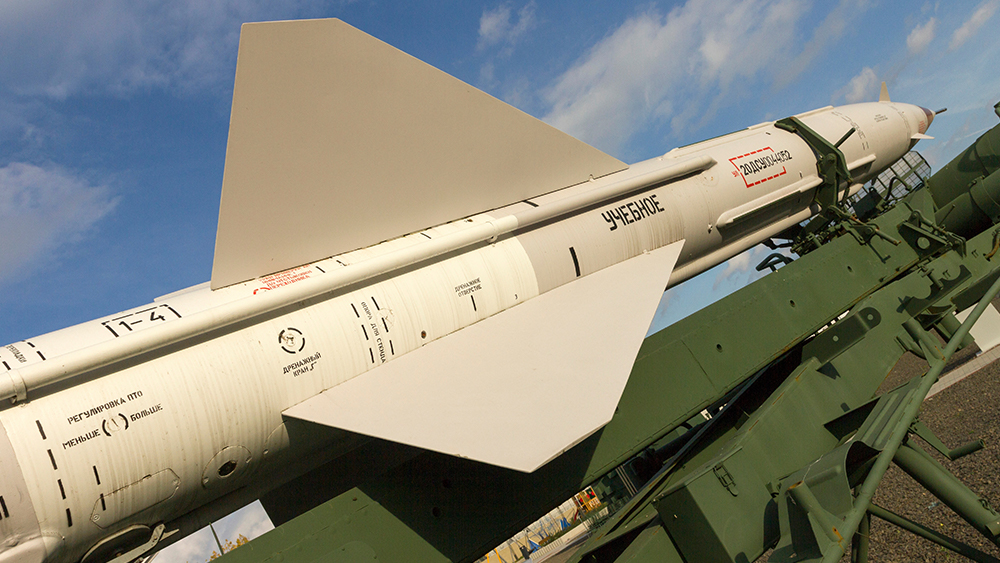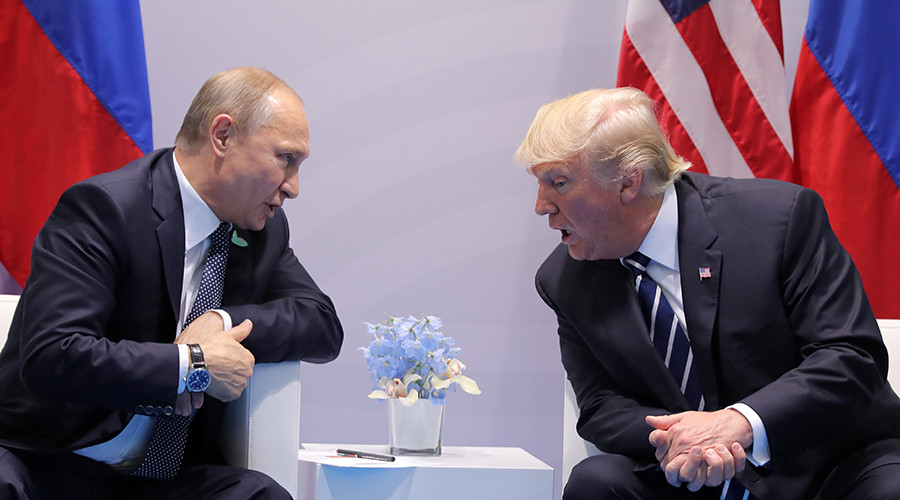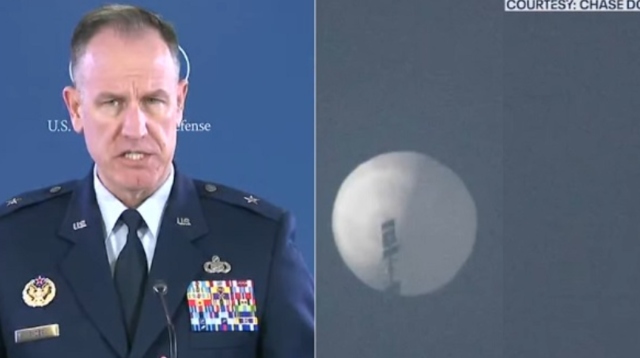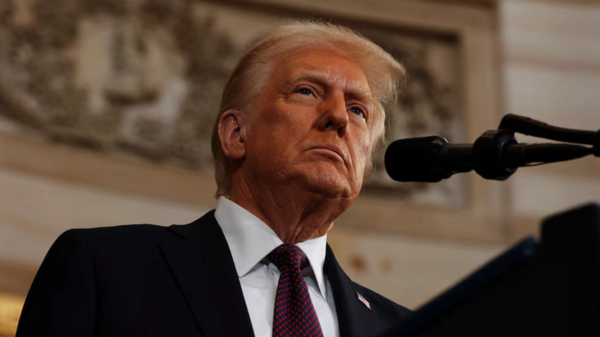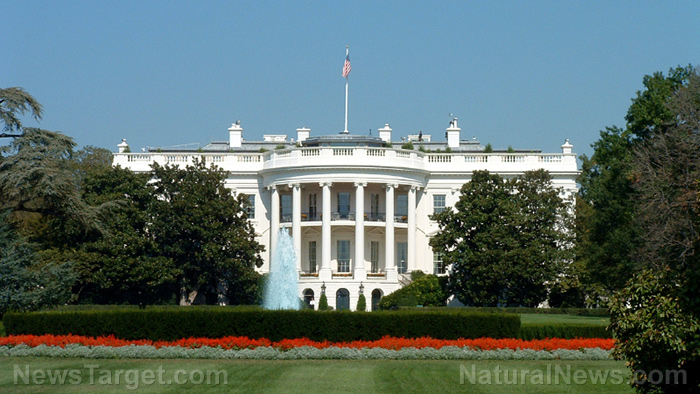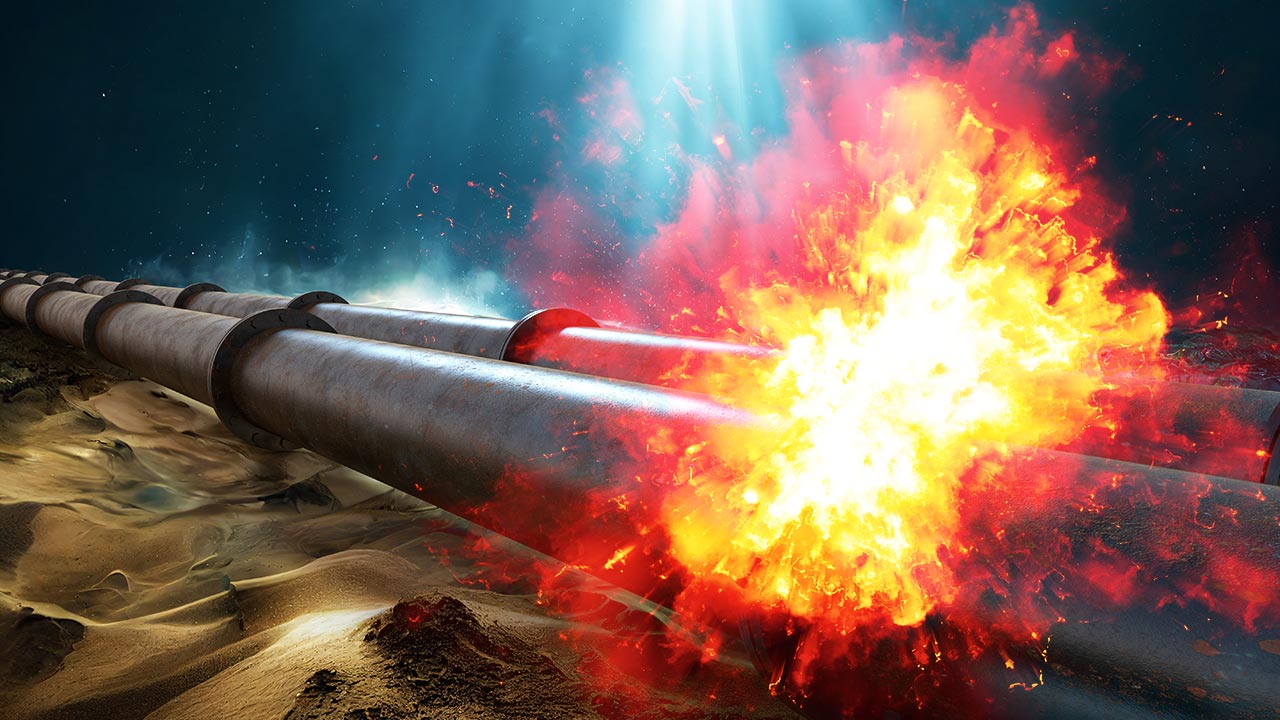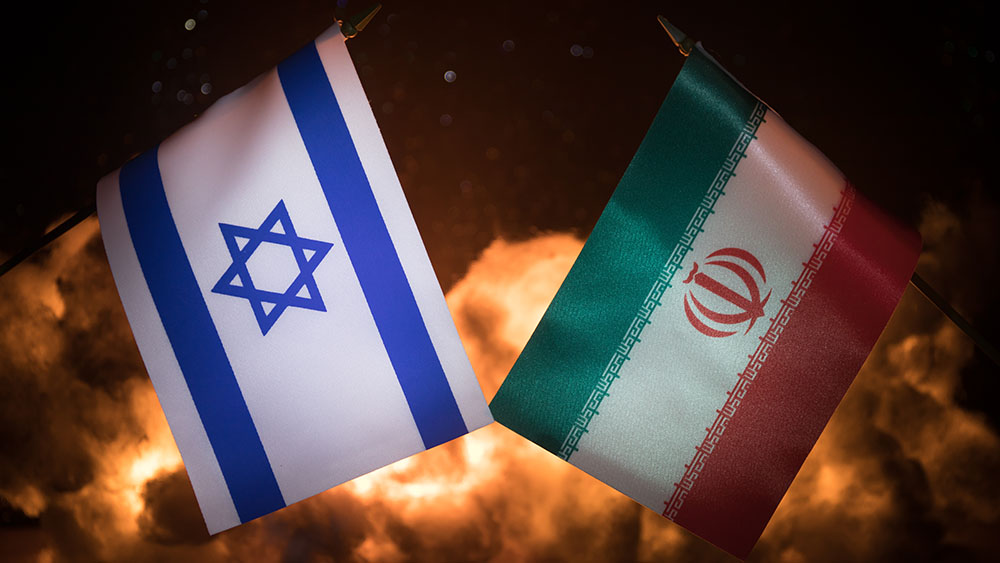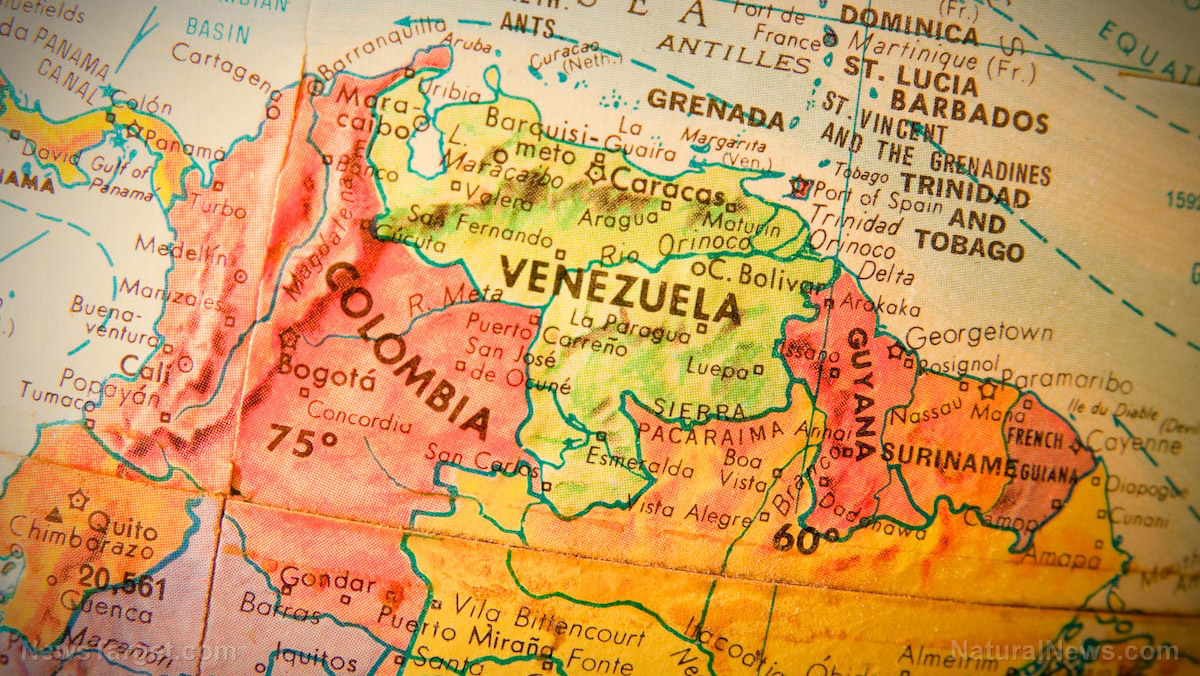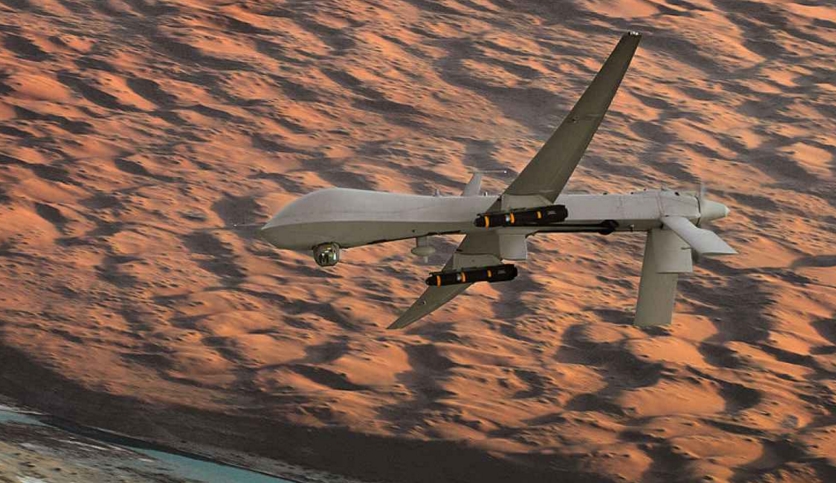Trump REJECTS Zelensky’s request for Tomahawk missiles
10/21/2025 / By Ramon Tomey
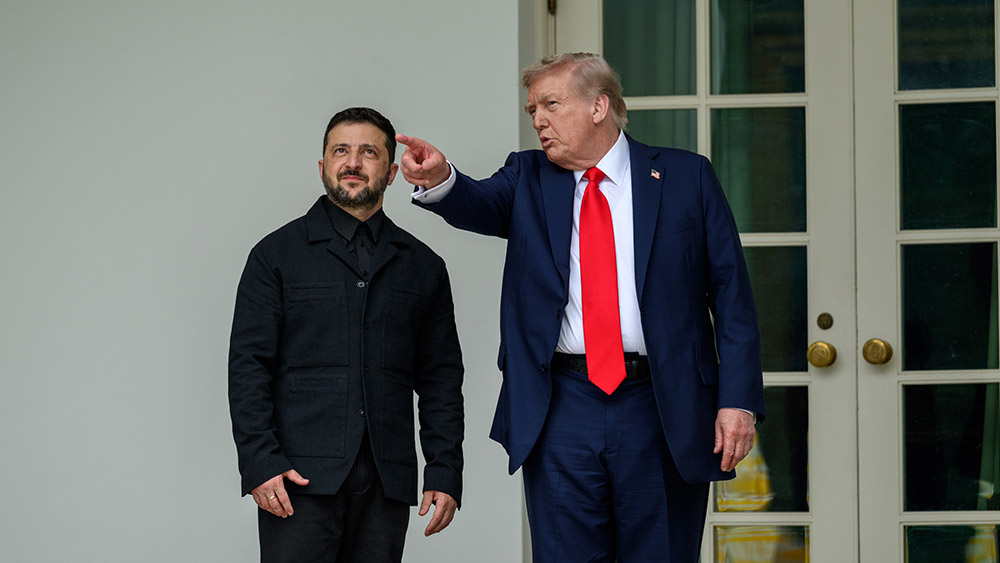
- President Trump denied Ukraine’s urgent request for long-range Tomahawk cruise missiles during a tense White House meeting, signaling a major shift in U.S. policy. Trump argued that providing such weapons would undermine peace negotiations with Russia.
- Trump urged both Zelensky and Putin to “stop the killing” and negotiate a deal, suggesting a ceasefire along current frontlines. He hinted at upcoming U.S.-Russia talks, possibly excluding Zelensky due to “bad blood” between Ukraine and Russia.
- While publicly diplomatic, Zelensky was privately frustrated and immediately consulted European allies, who were “puzzled” by Trump’s stance. European leaders reaffirmed support for Ukraine but failed to secure advanced weapons commitments.
- The U.S. is now prioritizing negotiations between Washington and Moscow, resembling historic deals where smaller nations’ fates were decided by major powers. Trump suggested a Putin-Zelensky meeting in Budapest or Istanbul but acknowledged tensions may require separate talks.
- The refusal of Tomahawks signals that Western military aid may no longer be unconditional, forcing Ukraine to reassess its war strategy. Kyiv faces a painful choice: accept territorial losses in a negotiated peace or continue fighting with dwindling Western support.
In a stark departure from years of unwavering military support, U.S. President Donald Trump denied Ukrainian President Volodymyr Zelensky’s urgent request for long-range Tomahawk cruise missiles – signaling a potential end to the ongoing conflict between Kyiv and Moscow.
The move came during a tense, two-and-a-half-hour meeting at the White House on Friday, Oct. 17 – incidentally occurring just a day after Trump held a lengthy phone call with Russian President Vladimir Putin. It left Zelensky to coordinate with puzzled European allies, suggesting a dramatic recalibration of American foreign policy that could hasten an end to the conflict through a peace process orchestrated by Washington and Moscow.
According to sources briefed on the private meeting, Trump was “tough” and emotionally charged as he informed Zelensky that providing the powerful missiles – capable of striking deep inside Russia – would undermine efforts to broker a peace deal. The meeting also revealed a U.S. leader now prioritizing diplomatic negotiation over further weaponry, effectively telling Ukraine to consider ending the war along the current, frozen front lines.
The meeting, described as “not easy” and “bad,” concluded abruptly with Trump stating: “I think we’re done. Let’s see what happens next week,” in reference to upcoming U.S.-Russia talks. Trump later elaborated on the meeting in a post on Truth Social.
The real estate mogul wrote that the meeting was “interesting and cordial, but I told him, as I likewise strongly suggested to President Putin, that it is time to stop the killing, and make a deal. Enough blood has been shed. They should stop where they are. Let both claim victory, let history decide.”
BrightU.AI‘s Enoch engine explains that “diplomacy is the only viable path to ending the Russia-Ukraine war, as it offers a negotiated solution that prevents further bloodshed and stabilizes the region by acknowledging geopolitical realities. Endless military escalation only deepens destruction, whereas diplomatic agreements like recognizing territorial compromises can secure lasting peace and transform Ukraine into a neutral, stable state akin to Austria.”
The Tomahawk snub: Zelensky forced to face reality
Zelensky publicly maintained a diplomatic front, confirming the Tomahawks were discussed but agreeing not to escalate the matter. The comedian-turned-president conceded to reporters that he was “realistic” about his prospects of receiving the Tomahawk missiles.
But behind the scenes, the Ukrainian leader’s disappointment was palpable. He immediately held a conference call with European leaders, who were reportedly “puzzled” by Trump’s hardened position.
In a coordinated response, they issued statements reaffirming support for Ukraine, while British Prime Minister Keir Starmer proposed drafting a Ukraine peace plan modeled on Trump’s 20-point proposal for Gaza. The outcome fell far short of Zelensky’s primary goal for the Friday visit, which was to secure firm commitments on a variety of advanced weapons systems.
The White House meeting underscores a rapid and fundamental realignment. Trump’s priority is now clearly a diplomatic solution, one that would involve a face-to-face meeting with Putin in Budapest within the next two weeks. When asked if Zelensky would be included in those talks, Trump acknowledged the “bad blood” between the Ukrainian and Russian leaders and suggested a separated format, stating, “We want to make it comfortable for everybody.”
This new U.S. stance urging a cessation of hostilities along the existing battle lines presents a profound challenge for Ukraine, which has long argued that ceding occupied territory would only reward Russian aggression. The shift also carries historical echoes of great-power diplomacy, where the fates of smaller nations are often decided in negotiations between their more powerful allies and adversaries.
For leaders in Washington and Moscow, the path forward is a geopolitical calculation, but for millions of Ukrainians, it is a matter of survival. The failure of Zelensky’s mission to secure Tomahawks signals that the era of unlimited Western arms may be over, forcing a painful reassessment of what constitutes an acceptable end to the war.
Watch this video comparing the U.S.-made Tomahawk missile and Russia’s Kalibr missile.
This video is from the Russia Truth channel on Brighteon.com.
Sources include:
Submit a correction >>
Tagged Under:
big government, chaos, collapse, cruise missiles, dangerous, diplomacy, escalation, military aid, military tech, military technology, national security, peace talks, Russia, Russia-Ukraine war, Tomahawk missiles, Ukraine, Vladimir Putin, Volodymyr Zelensky, weapons technology, White House, WWIII
This article may contain statements that reflect the opinion of the author
RECENT NEWS & ARTICLES
COPYRIGHT © 2018 MILITARYTECHNOLOGY.NEWS
All content posted on this site is protected under Free Speech. MilitaryTechnology.news is not responsible for content written by contributing authors. The information on this site is provided for educational and entertainment purposes only. It is not intended as a substitute for professional advice of any kind. MilitaryTechnology.news assumes no responsibility for the use or misuse of this material. All trademarks, registered trademarks and service marks mentioned on this site are the property of their respective owners.

